7 home improvements to make your house safer in severe weather
Home renovations so you’ll be safer when a superstorm strikes
Products are chosen independently by our editors. Purchases made through our links may earn us a commission.
Thanks to rising air and ocean temperatures from climate change, severe weather events, including hurricanes, tornadoes, and wildfires are expected to worsen and become more common in the coming years.
For homeowners, now’s the time to ask yourself if your residence is up to the task of keeping you safe against Mother Nature’s destructive storms. If it isn't, it's time to roll up your sleeves and get to work.
The best way to protect yourself from severe weather and superstorms is to adapt. This includes home improvements and possibly home renovations.
1. Make your home impact-resistant for severe weather
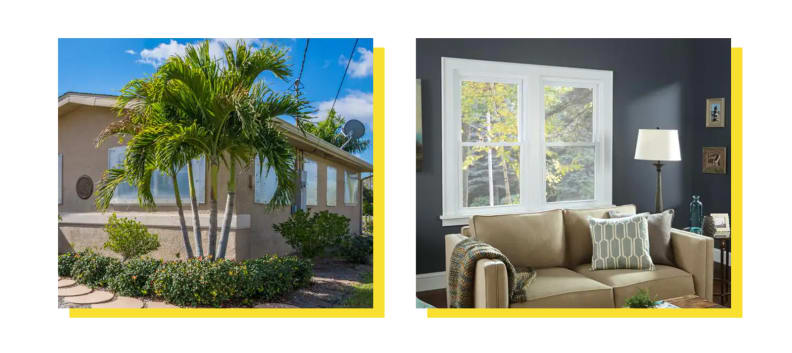
Your home's windows are a vulnerable area that could be the first to get damaged during a hurricane. Boarding them up with steel or aluminum panels can keep them safe.
A hurricane is a rotating tropical storm with wind speeds of 74-plus mph, while tornadoes are violently rotating air columns that touch the ground. Hurricanes and tornadoes are among the most dangerous natural phenomena, in part due to intense winds.
National Oceanic and Atmospheric Administration (NOAA)'s National Severe Storms Laboratory reports that the winds of a tornado can reach blistering speeds of up to 300 mph. While the strongest hurricane's winds don't quite reach those speeds, that's not much consolation when they can still get up to 200 mph. Both are well above the speeds necessary to turn objects into deadly projectiles.
Carol Friedland, the director of Louisiana State University’s LaHouse Home and Landscape Resource Center, suggests reconsidering your window situation. Impact-resistant windows are helpful, though perhaps not as much as you’d imagine. Friedland explains that impact-resistant windows are still designed to break upon impact, ironically. They just don’t shatter into countless sharp, dangerous shards.
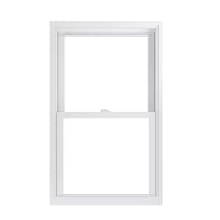
Make sure your windows are impact-resistant for the next tornado or hurricane.
“We at LaHouse prefer products that protect windows from breakage altogether as a longer-term solution. We really like polycarbonate panels, which are lightweight and can be stored and deployed before a storm,” she explains.
These panels, called hurricane shutters, are durable panels that slide in front of your windows to protect them from debris. Shutters come in aluminum, steel, and polycarbonate and can be found in home improvement stores.
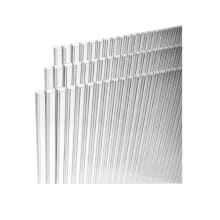
Storm shutters cam help prevent flying projectiles from shattering windows.
2. Reinforcing your roof is a smart home improvement
Unfortunately, even if you secure your windows, your home still won't be entirely stormproof. Your roof is also prey to debris damage. Since roofs are more horizontal than windows and are at the most elevated part of a house, there are several risks unique to them.
For example, roofs are the most vulnerable part of your house during a hailstorm since they’re the part of a house that is most exposed to precipitation. When it rains, a faulty roof can let water in. Dangerous impacts that can damage one’s roof include hail and objects that have been turned into projectiles via strong winds.
Also, Friedland recommends contacting a certified arborist to look at any large trees you have in order to determine whether they pose a threat to your home during a storm.
Your roof can be protected by making sure your shingles are maintained. Shingles help keep out rainwater, which is vital during a storm. Loose shingles should be nailed down to keep them from blowing away. Likewise, you’ll want to replace any missing or broken shingles.
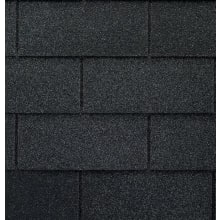
Lowe's is home to a variety of roof shingles of many colors and types.
“When shingles start to peel off, the exposed roof structure starts a cascading failure process where water can cause a lot of interior damage even if the roof remains intact,” she says. “I recommend using roofing cement to make sure shingles along the edge of your roof are attached.”
Holes found in your roof can be patched with sealant, which can be found at home improvement stores. Make sure you use a sealant that works with your specific roofing material. This information is usually specified on the container.

Gorilla is a trusted sealant brand that can work wonders on your roof.
If you have the resources, Friedland recommends upgrading your roof entirely to one that includes components that mitigate the risk of structural failure.
For a home renovation of this type, one feature you’ll want is hurricane straps, which are pieces of metal that connect the frame of your roof to the upper walls of your house ensuring your roof doesn’t go flying.
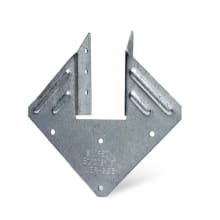
Hurricane straps affix your roof to the rest of your house, securing it from powerful winds.
Another upgrade to consider is upgrading your sheathing, which holds your shingles in place, to a kind that keeps rain from entering if your roof is blown off. These upgrades can be installed with the help of a roofing company.
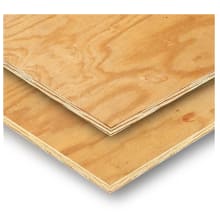
This hardwood sheathing can help further reinforce your roof, from affixing your shingles to keeping rain out of your home.
3. A safe room protects you in severe weather
Extreme winds call for extreme durability to withstand them and there are few things more secure than a safe room.
As defined by the Federal Emergency Management Agency (FEMA), a safe room is a hardened structure that offers near-absolute protection from the winds of hurricanes and tornadoes.
There are two types of safe rooms: “in-residence” safe rooms, which are constructed or retrofitted in the structure of the house itself and “stand-alone” safe rooms, which are free-standing structures separated from the rest of the house.
Both types offer the same level of protection. The advantage of an in-residence safe room lies in the fact that it’s located in your house. No matter how briefly, you don’t want to brave inclement weather if you can avoid it.
On the other hand, the installation of a stand-alone safe room is more flexible because fitting it into an existing structure is not necessary. Stand-alone safe rooms can be built underground, but aren’t recommended for areas that are prone to flooding.
You can either build your own safe room or hire a company to build it for you per your specifications. If you do decide to construct your own, be sure to take note of FEMA’s guidelines.
4. Easy home improvement: Install a backup generator or try solar panels
A commonality between many types of storms is the tendency to damage infrastructure, with power outages being of particular concern. Electricity is a fixture of our day-to-day lives, and we feel its absence deeply during power outages. It’s only natural to try to mitigate the chance of one occurring.
In the event of a power outage, there are several types of generators to consider. Standby generators, which run on natural gas and propane, are the best-suited type for power outages since they can effectively power your entire house during an outage. Better yet, they switch on automatically.
However, the cost of installation and the cost of the generator itself makes standby generators the most expensive type of generator to buy.
An affordable alternative comes in the way of portable generators, which typically run on gasoline, and, as their name implies, can be easily moved.
While they’re not as efficient as standby generators, a good portable generator can be powerful enough to run several appliances at once. An important thing to note is they must be used far away from your house to avoid carbon monoxide poisoning.
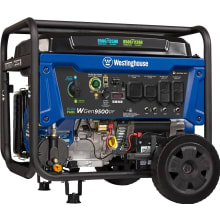
Our favorite portable generator supports multiple fuel options.
Solar panels, which convert sunlight into electricity, are an eco-friendly alternative to both standby and portable generators, with the added benefit of the fuel source being effectively unlimited.
Affordable solar panels are small and can be set up anywhere outside where there is sunlight. If you’re installing solar panels that are big enough to go on your roof, you’ll have to pay an expensive installation cost, or you can try and DIY it.
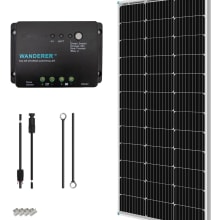
Renogy solar panels are easy to install and include a five-year warranty.
5. Divert water out and away from your home with a sump pump
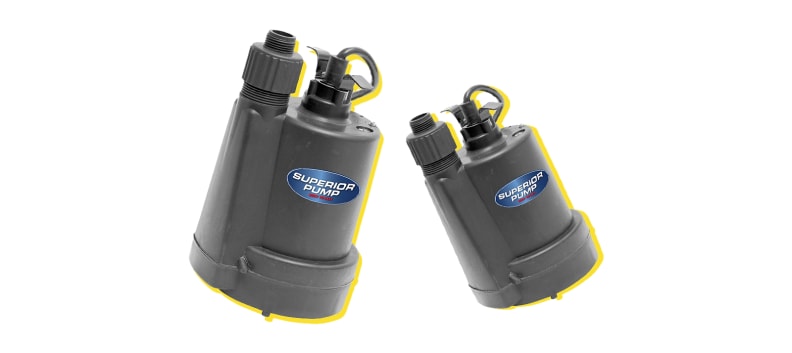
A sump pump can help you remove water from your home easily and efficiently.
Floods can be devastating, not just because of the damage they pose to the structure of our homes, but because of the risk of losing appliances, goods, and irreplaceable mementos. Unfortunately, when rain gets heavy enough, floods are nearly impossible to prevent, but you can still do your best to mitigate them.
Your lawn can play a big part in flood risk. FEMA states that maintaining proper runoff is vital in ensuring water doesn’t pool around your home.
As such, you’ll want to see which way water moves relative to your house (this can be easily checked either by watching the direction of the flow of water, whether it be by rain or running a hose).
Water should be moving away from your house, and if it isn’t, you’ll want to level your lawn to change this. Similarly, you’ll want to make sure your gutters are pointing away from your house so that water drains in the proper direction.
If the worst should come to pass and water gets in your home, a sump pump, which pumps water from your basement to outside your house, can quickly turn the tide. Sump pumps can be found at home improvement stores and can either be self-installed or installed by a plumber. Buying and installing a sump pump averages to about $1,200.
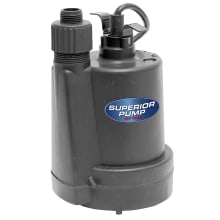
A sump pump is designed to pump water out of your home during flooding.
You should also consider installing check valves, which make sure backed-up wastewater from toilets, sinks, and baths doesn’t re-enter your home. Water in your home is terrible, but sewage-filled water in your home is terrifying.
6. Make your home less combustion-friendly in case of lightning or fire
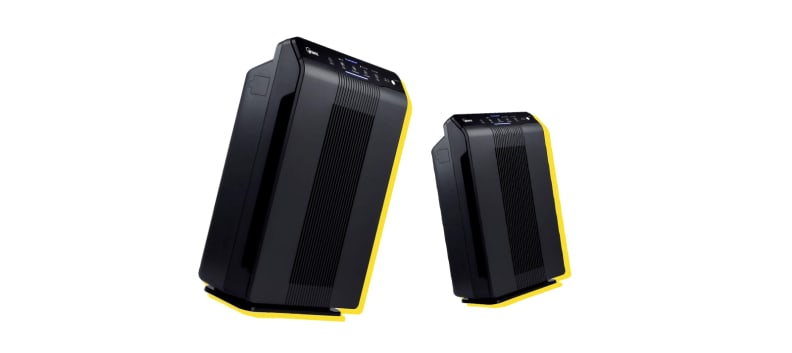
An air purifier can filter out harmful irritants that may be invisible to the naked eye.
If you’ve been keeping up with the news for the past few years, you’re familiar with the fact that wildfires are more common than ever. Thanks to climate change, it seems that these flames aren’t going to go out anytime soon.
The most effective way to deter flames is by replacing the exterior of your home with non-combustible materials (like aluminum or stone) or treating flammable materials, such as wood, with a fire-resistant coating that makes them fireproof. Fire-resistant coating like Firetect can be found at home improvement stores and is applied by evenly brushing or spraying it onto wood either via spray or brush.
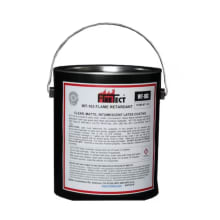
Use this fire-resistant coating to give your home more protection from the next wildfire.
Another fire hazard that you may not expect is a clogged gutter. It doesn’t just present drainage issues, but the materials that a gutter is filled with can be flammable.
As such, a gutter guard is a good investment for keeping fires away from your home. A gutter guard, like the FlexxPoint is a cover that attaches to your gutter to keep debris out. While gutter guards can be installed by a professional, the ones we recommend are simple enough to install yourself.
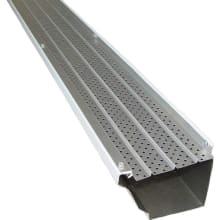
Our favorite gutter guard is strong, durable, easy to install, and blocks debris well.
House vents present a way for burning debris and embers to enter your home. Wire mesh prevents this from happening by acting as a barrier between your vents and outside debris.
This mesh should cover any vent or opening that may connect to the outside and can be installed by opening your vent cover and screwing it into place with a driver.
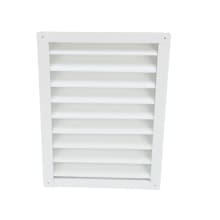
A mesh cover for your vents will prevent burning debris from entering your home.
Through all of this, even if you can keep your home from catching fire, you may still find your home impacted by wildfires nearby that bring smoke, soot, and other elements of air pollution. All-in-all, they can decrease the air quality in and around one’s home, necessitating the use of an air purifier.
An air purifier like the Winix 5500-2 effectively filters out irritants within your home such as pet fur, smog and pollen, even wildfire smoke.
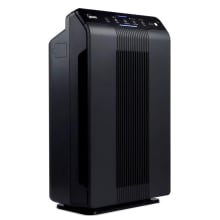
It's easy to change the filters on our top-rated value air purifier.
7. Ensure your home is temperature-resilient
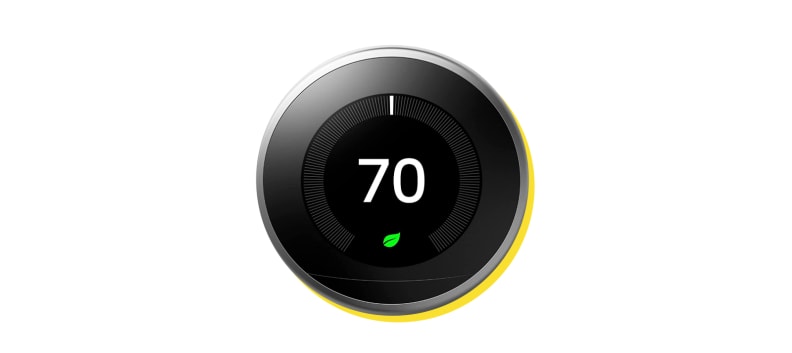
The Google Nest Learning Thermostat can regulate the internal temperature with the help of auto-scheduling and smart programming.
Perhaps the most highlighted form of climate change is the uptick in extreme temperatures. While most people consider this to be synonymous with record-high temperatures, climate change can lead to colder-than-average temperatures, as well.
Air conditioners help keep your house cool amid rising temperatures, though they can lead to a costly electric bill. Choose a solid air conditioner like a GE Profile. A less pricey option for staying cool is the use of fans, though they cool less space than air conditioners and aren’t effective during temperatures exceeding 95°F.
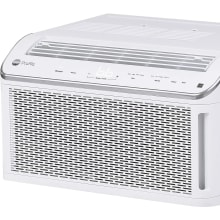
The GE Profile his powerful, yet blissfully quiet.
To keep warm during record lows, furnaces, which run on oil and gas, can be installed by a professional. A less expensive option exists in the way of portable space heaters like the De'Longhi Mica Panel Heater.
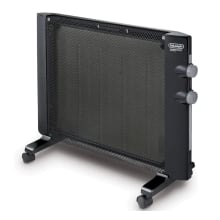
De'Longhi's powerful space heater is easy to move and can be wall-mounted.
When operating a space heater, make sure to keep a three-foot radius between it and anything that’s flammable, as it can pose a severe fire threat. Never use a space heater unattended, and always ensure that it is plugged into a wall outlet instead of a power strip.
Whatever methods of heating or cooling your home you go with, a smart thermostat like the Google Nest Learning Thermostat can help you to regulate your home’s temperature and save money in the process by automatically adjusting the temperature so that your heating and cooling is more efficient, only performing when it needs to.
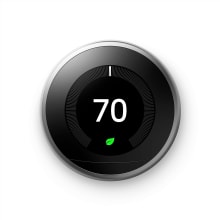
The Nest Learning Thermostat is compatible with multiple smart home ecosystems.
The comfort you’ll gain from these sources won’t be fully capitalized unless you have a way to efficiently retain that temperature. That’s where insulation comes in.
Insulation refers to material that acts as a barrier within the walls of a building, decreasing the exchange of heat. Essentially, if your house is cold or hot, it will stay that temperature for longer as less heat will be lost to the outdoors. There are a few energy standards that the Environmental Protection Agency (EPA) uses, so when researching private firms to install insulation, you should look out for labels such as Cradle to Cradle Certified, which ensure a firm meets the EPA’s quality standards.
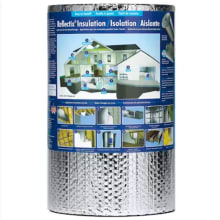
Keep your house insulated in order to help regulate its temperature.
Air leaks also contribute to inefficient cooling and heating systems, as the air in your house can be lost to the outside through doors that aren’t airtight, as well as holes in walls.
For this reason, you should add air barriers, which are materials arranged to prevent air from seeping out of a building. Air barriers can be made from several different types of materials such as Tyvek. Home improvement stores like Lowe’s often have less expensive store brand options available.
Air barriers should be applied in areas that are most susceptible to cracks such as roofs, attics, and garages.
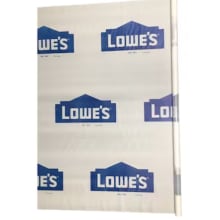
Air barriers keep air from seeping out of a building.
Looking for home improvement advice? Check out USA TODAY Homefront for local reviews, tips, recommendations and more.


